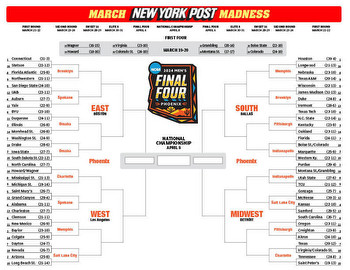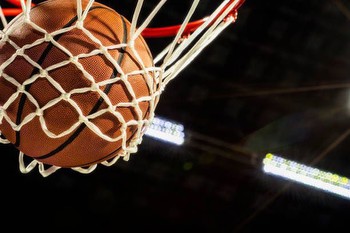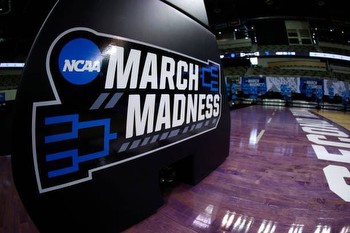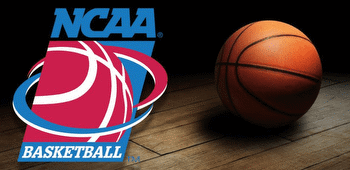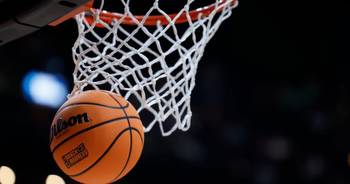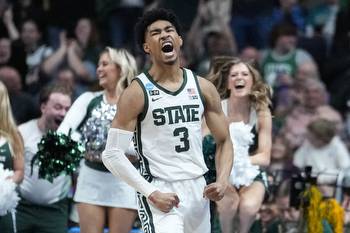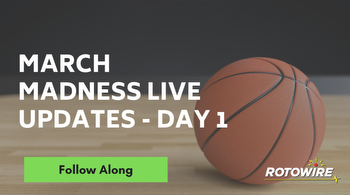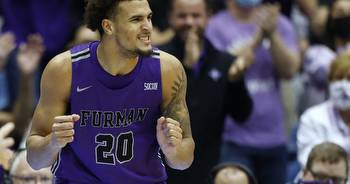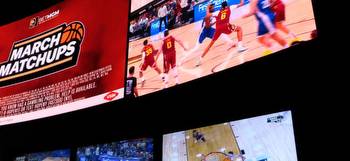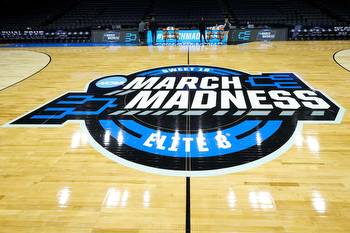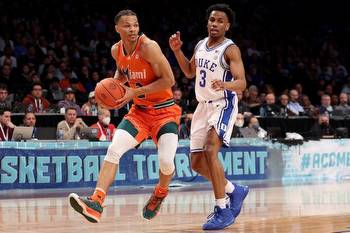March Madness 2024: How pro bettors handicap the NCAA tournament
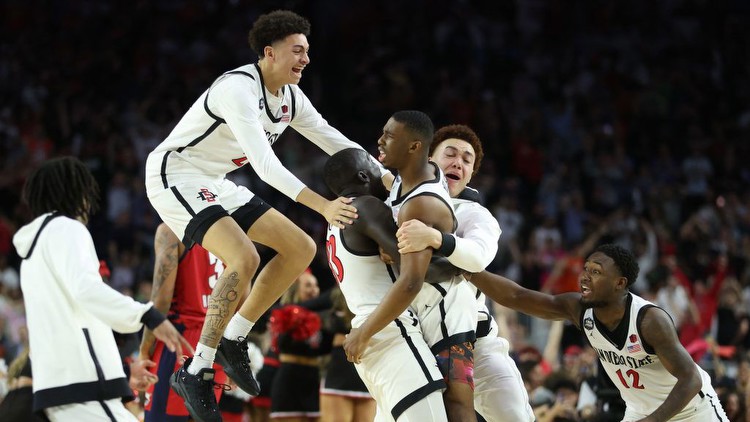
Although it feels like the Super Bowl just ended, March Madness is somehow already upon us and Selection Sunday has revealed this year’s bracket.
Will UConn succeed in its quest to win back-to-back national titles? Will Zach Edey and Purdue make it past the first round this year? Which teams will play the role of cinderella?
All of those questions will be answered over the coming few weeks, but with more and more casual bettors coming into the sports betting space and filling out brackets, For The Win asked a few pros about their strategies for wagering on March Madness games. Here’s what’s worked for them over the years.
Despite the early upsets, we’ve seen the best teams find a way to win the title in recent years. Trying to find a long shot to get to the Final Four is a worthwhile approach but so much of the sport right now is match-up dependent that it might benefit bettors to wait until they see the field before firing all of their positions this late in the year. When it comes to betting the opening rounds, some of the value we used to find on the mid-majors has been lost with the widespread availability of forward-facing analytics sites. There’s nothing wrong with looking to get involved with a game at halftime or live if you happen to miss a number before tip-off — absolutely no reason to chase a price. Typically you’ll see some additional opportunity in the Round of 32 and Sweet 16 when oddsmakers are forced to overreact with one high-profile data point. I’ve found it profitable to fade the trendy cinderella after a major upset, knowing upsets are normally attributed to shooting variance — which can be hard to repeat twice in 48 hours.
There are three metrics that I always like to look at first when handicapping tournament matchups. Offensive rebounding percentage: Is a team going to get decimated on the boards? Turnover percentage: Teams that turn the ball over, especially on the road, can get into trouble in the tournament. Alabama is one example that stands out to me. Free throw attempts per game: Some teams foul like crazy, others don’t foul at all. If a team relies on scoring from FT line, what happens if they aren’t getting there?
No. 1: Taking Underdogs on the Moneyline If you took every underdog on the ML in the NCAA tournament in the past three years from the Round of 64 through the Final Four, you would have been paid in a big way. The record is 67-124 (35.1 percent), but $100 per game bettors would be up $3,650 taking every underdog on the ML. That’s an ROI of a whopping 19.1%. If you like an underdog, don’t be afraid to at least put part of your bet on the ML. No. 2: Betting on Defensive Underdogs Since 2010, betting on an underdog that has allowed fewer than 60 points in their previous game has been a really profitable angle, going 147-98 ATS (60 percent ATS). These are typically teams who slow the tempo down and keep a game close even if they lose. Those slow-paced defensive dogs are rarely popular with the public, but they have been a great moneymaker.
The biggest opportunities I’ve enjoyed have been in the live, in-play markets. Especially in the Round of 64 and Round of 32, you get some weird anomalies early in the game. The higher-seeded team may fall behind early, but things will balance out for them over 40 minutes and you can get a cheaper price on the favorite than the pre-game number. Public teams like Kentucky and Duke, the blue-bloods will always attract money. There are opportunities to go against those teams, as the line may not reflect their actual chances of winning.

